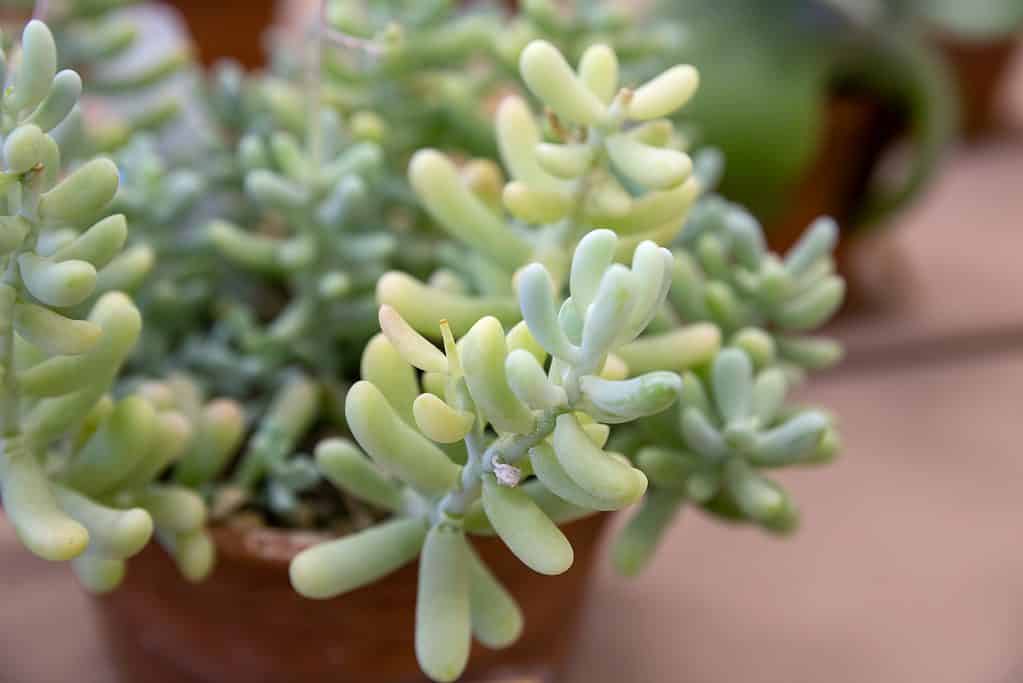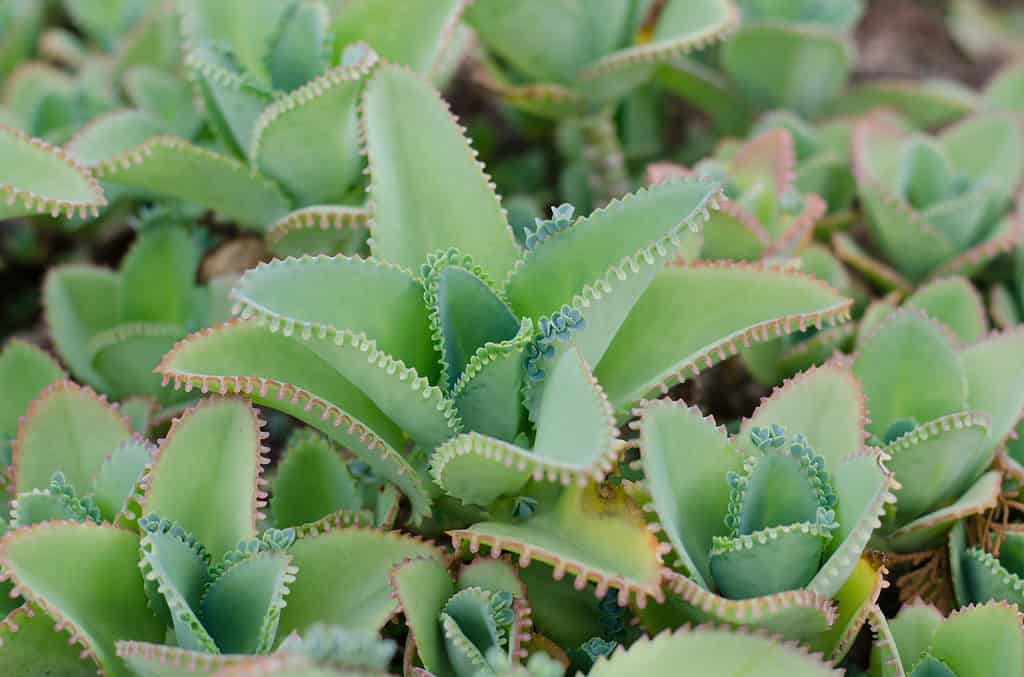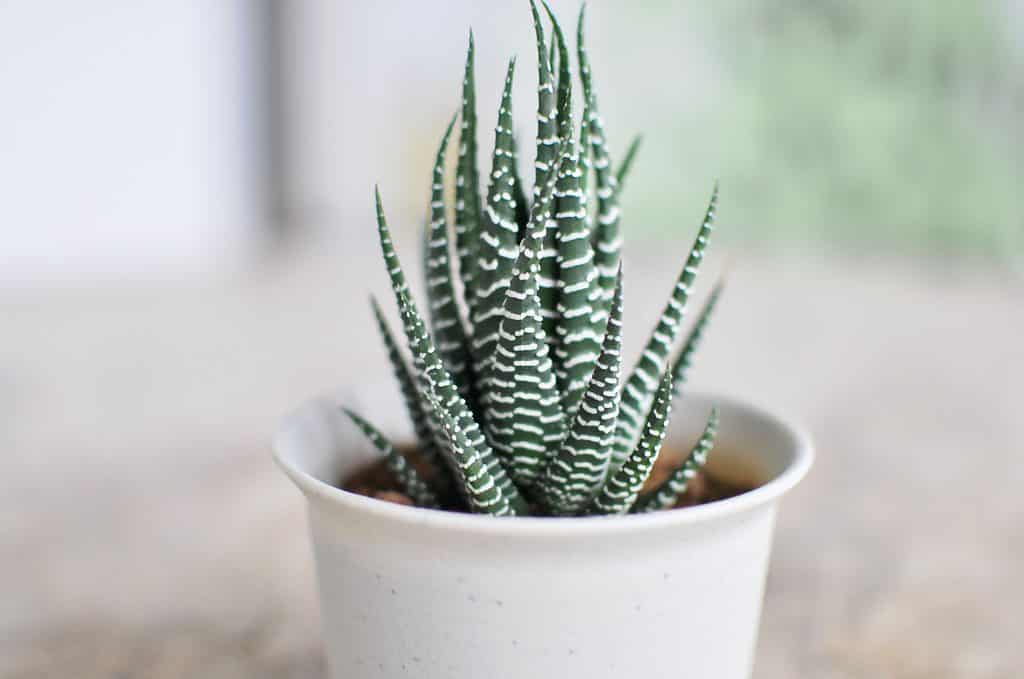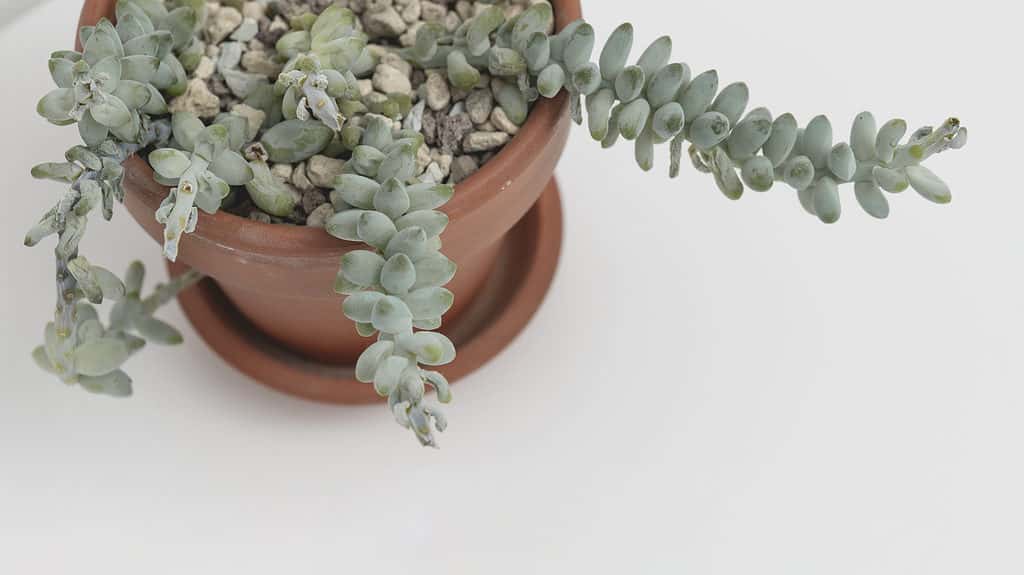Patience is a virtue for plant owners. While it’s exciting to watch your plants grow and flourish, it can take a long time to see noticeable growth.
Succulents tend to be slow growers, but there are several factors that impact their growth rate. This article will explore how long succulents take to grow, the factors that influence growth speed, and how you can promote faster growth.
Factors Influencing Succulent Growth
Several factors impact the speed of growth for succulents. With ideal conditions, succulents typically take many years to reach maturity. Some of the factors influencing growth rates include:
- Species – some species of succulents grow faster than others.
- Starting method – growing succulents from seeds generally takes longer than growing from propagated leaves or stem cuttings.
- Conditions – getting sufficient light, water, nutrients, and care can impact how quickly succulents grow.
- Seasons – succulents usually go through dormant periods in the fall and winter, leading to temporary pauses in growth.
- Age – younger succulents grow faster than older succulents, which naturally slows down with age.
- Pot size – if the succulent’s pot is too small, its growth may be restricted. Conversely, if the pot is too large, the plant may put more energy into root growth than leaf growth.
By considering these factors, you can better understand why your succulent may be growing slowly and what steps you can take to encourage faster growth.
3 Fast Growing Succulents
While succulents tend to grow slower than other plants, there are a few species that are faster than others. Some of the faster-growing succulents include the following ones.
1. Sedum
Sedums are a popular succulent known for their low-maintenance requirements, fast growth, and hardy nature.
Sedums tend to reach maturity within three years of planting from seed. Many sedum owners don’t notice growth until after the first year, as the early months are dedicated to root growth. During the second year, sedums redirect energy into leaf growth.

succulents are known for their low-maintenance requirements, fast growth, and hardy nature.
©Yulia_B/Shutterstock.com
2. Echeveria
Echeverias are another popular group of succulents that can grow quickly if they receive adequate light, water, and nutrients. They come in various colors and shapes, making them a lovely choice for adding visual interest to your garden or indoor space.
These succulents also mature in 2-3 years, often producing pups by the end of the first year when conditions are ideal.

succulents also mature in 2-3 years, often producing pups by the end of the first year.
©Gonzalo de Miceu/Shutterstock.com
3. Kalanchoe
Kalanchoes are a genus of flowering succulent that grows naturally in the tropics of Africa. These fast-growing succulents often mature and bloom within 1-2 years, producing beautiful blooms and offshoots by the end of the first year.

succulents are fast growing, often maturing and blooming in 1-2 years.
©iStock.com/joloei
3 Slow Growing Succulents
Growth speed isn’t everything — plenty of slow-growing succulents are worth the wait. A few notable species include:
1. Aloe
Aloe typically takes 3-4 years to mature and longer to bloom or produce offshoots. Even so, this hardy succulent is low-maintenance and easy to grow. Its cosmetic and nourishing properties make it a fan favorite for many succulent owners.

typically takes 3-4 years to mature and longer to bloom or produce offshoots.
©iStock.com/cgdeaw
2. Haworthia
Haworthia can take 5-7 years to grow at a rate of only 0.5-1 inches per year and reach a height of only 3-4 inches in ideal conditions. It takes even longer for this plant to show off its beautiful white blooms. These slow-growers are drought-tolerant and thrive in neglect, requiring minimal watering.

succulents are slow growing, but thrive in neglect, requiring minimal watering.
©Daydreamr Digital Studio/Shutterstock.com
3. Lithops
Lithops are unique succulents that are colloquially known as “living stones.” They are known for their unique, stone-like appearance and require specific growing conditions to thrive. It can take 3-5 years for lithops to reach maturity, rarely exceeding growth beyond one inch higher than the soil.

are succulents known for their unique, stone-like appearance rarely exceeding growth beyond one inch in height.
©iStock.com/PicturePartners
How to Speed Up Succulent Growth
The key to encouraging succulent growth is to provide them with the nutrients they need to grow and thrive, including:
- Sufficient light – most succulents need over six hours of direct sunlight each day. Consider using a grow light during darker months.
- Proper watering – Both overwatering and underwatering your succulent can impact the growth rate. Water your succulents when the top inch of soil is dry, and use a pot with drainage holes to prevent standing water.
- Nutrient-rich soil – use well-draining soil and fertilize regularly during the active growth period. Avoid fertilization during dormancy.
- Warmth – Succulents prefer temperatures over 60° Fahrenheit. Avoid placing succulents near heat pumps or vents.
While these general care rules will help your succulent grow, it’s also important to research the individual species and determine their unique needs.
Other Reasons for Slow Growth
Slow growth (beyond what’s expected for the species or season) can also indicate other issues. If you’re concerned that your succulent is growing slower than it should, look for signs of infection, root rot, or pest invasions.
Bacterial and fungal infections are noticeable by foul-smelling soil and discoloration. With fungal infections, you may notice signs of mold or mildew on the soil’s surface.
Pests like mealy bugs and spider mites could also drain nutrients from your beloved succulent. If you notice small insects, webbing, or sticky residue on the leaves, it may signify a pest infestation.
If you suspect that your slow-growing succulent may be related to an environmental or health issue, it’s crucial to take action to correct the problem. This process may involve adjusting the plant’s growing conditions, changing the soil, treating pests or diseases, or taking other steps to promote healthy, speedy growth.

If you’re concerned that your succulent is growing slower than it should, look for signs of infection, root rot, or pest invasions.
©iStock.com/LeviaZ
Thank you for reading! Have some feedback for us? Contact the AZ Animals editorial team.








